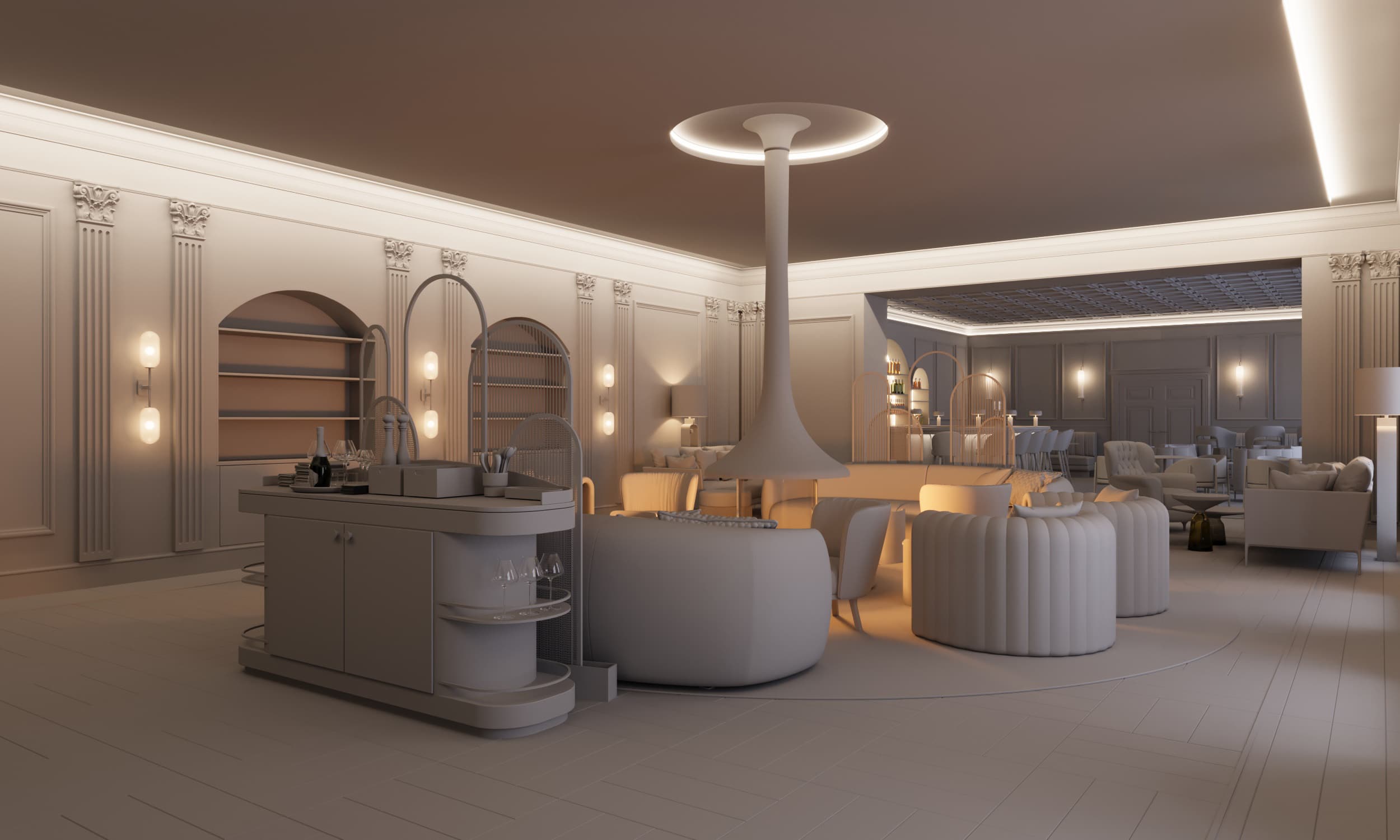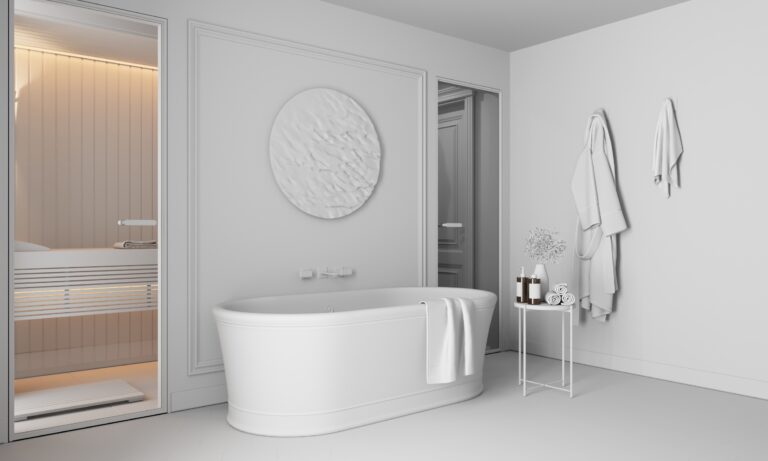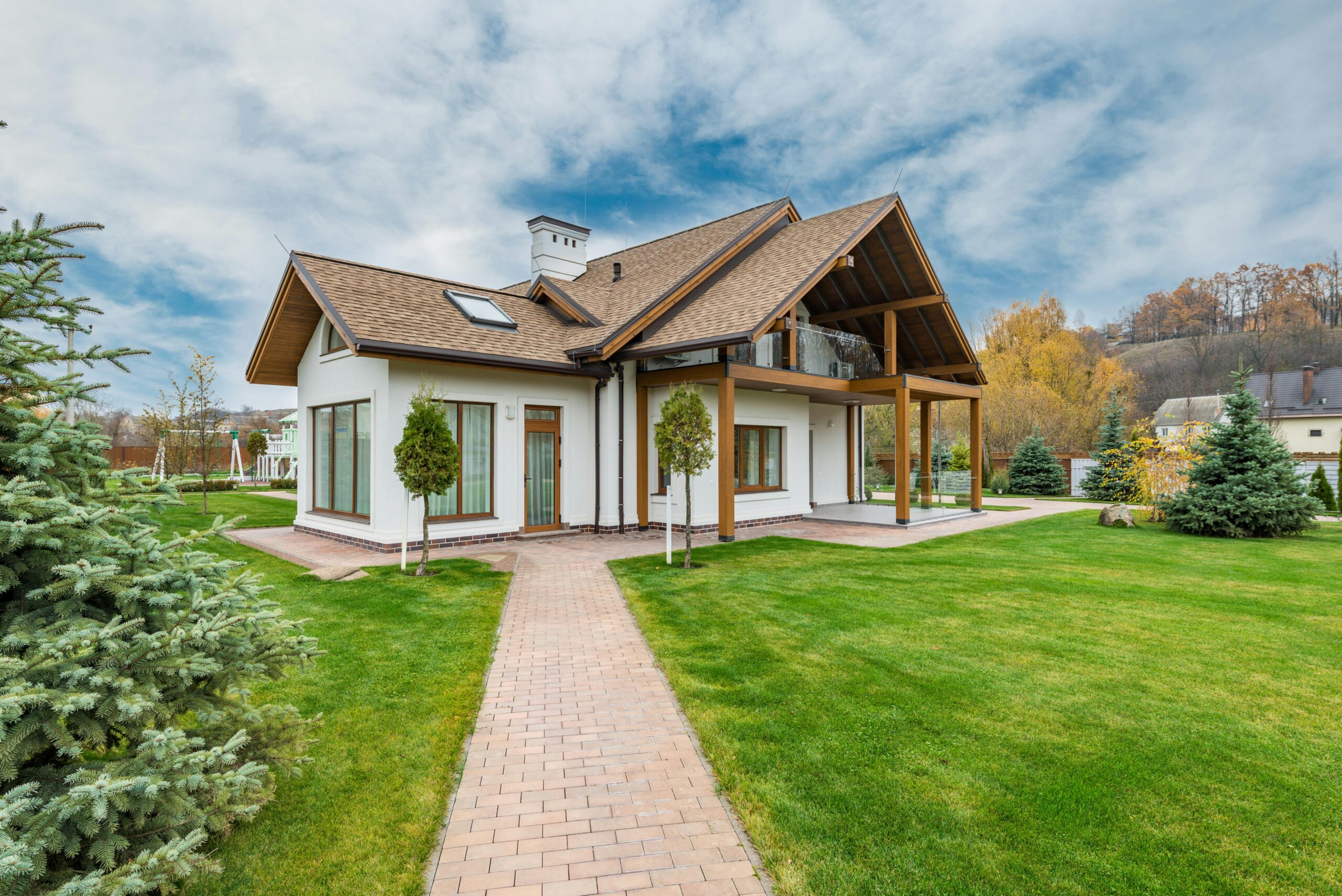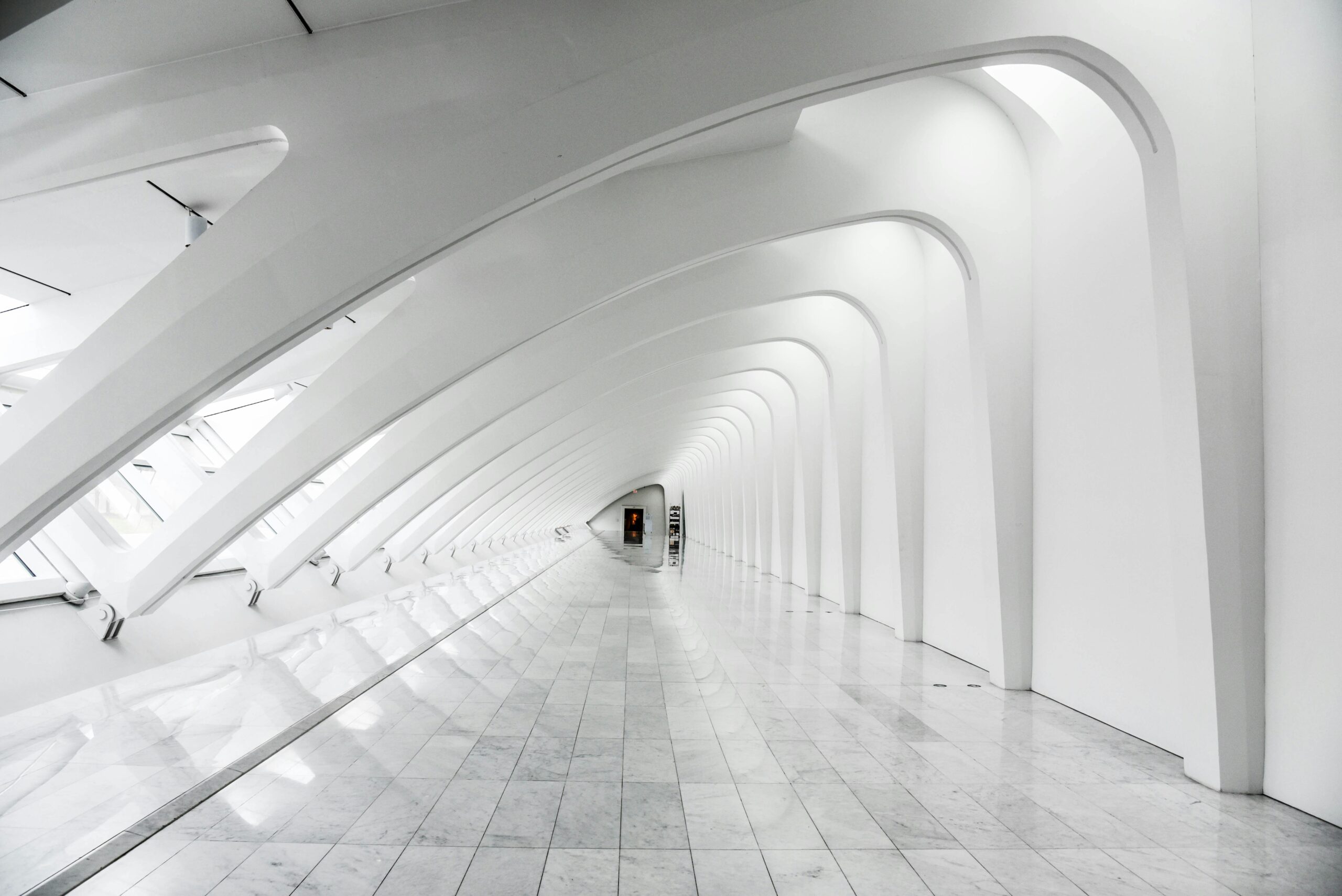Clay rendering, often encountered in the realms of 3D modeling and animation, serves as a unique and essential technique in the visualization and development process of digital art and design. As we work in 3D visualization business since 2011 we understand the big role clay rendering plays in every interior or exterior project. It allows us and the client to see what the whole project, site, structure, architecture, and layout look like. It as well allows us to avoid costly mistakes and is a big part of the overall modelling process.
This method of clay rendering strips down a 3D model to its most fundamental form, removing textures, colors, and intricate details to present it in a uniformly shaded, matte-like manner, reminiscent of sculptures made from clay. This simplification highlights the model’s form, structure, and shadows, offering a clear, undistracted view of its spatial and geometric qualities. Even though in our process of 3D visualization we do it vice versa, we do not strip it down, we rather create clay rendering without any materials and colors first, rather than add materials and then delete them. This way clay rendering can be done quite fast: we just model the space, do not add lights, materials, etc. The client then can see how the future project will look like and give us notes.
What is a Clay Rendering

At its core, clay rendering is about focusing on the bare bones of a 3D model. By applying a monochromatic, often neutral-colored shader (like gray or white) to the entire model, artists and designers can evaluate the effectiveness of a model’s design without the influence of textures or lighting. This technique is akin to 3D designers examining the form and proportions of their clay sculptures under uniform lighting before adding colors or details.
Actually, clay renderings can be done in any color, mostly in white, black, or grey. Grey color is the most popular and that is why we call it clay renderings.
Just have a look at our example below, we have created first this kind of clay rendering so the client can evaluate the layout, angle, curtains, lights, and every other important information. Some of not the crucial details here are already in color.
Why You May Need Clay Rendering

- Design Evaluation. Clay renderings allow designers, architects and other stakeholders to focus solely on the spatial and volumetric properties of a 3D model. This is crucial in the early stages of design, where the primary concern is the structure and form, rather than the aesthetic details.
- Lighting and Shadow Analysis. Without the distractions of textures and colors, it’s easier to assess how light interacts with the model. This analysis is vital for understanding how the model will look under various lighting conditions, which is especially important in animation, architectural visualization, and product design.
- Portfolio and Presentation. In portfolios or client presentations, clay renderings can showcase an artist’s or designer’s skills in modeling, focusing attention on their ability to create complex structures and forms. This pure form of presentation can often be more compelling and informative than fully textured renders.
- Feedback Loop Efficiency. During the review process, clay renderings can facilitate quicker feedback from clients or team members since the focus is on the form and not distracted by textures or colors that are likely to change. This can speed up the iteration process significantly. Clay rendering step in the overall 3D visualization process helps us to avoid structural and architectural mistakes.
Benefits of Clay Rendering

-
- Improved Focus on Geometry and Form. By stripping a model to its essentials, viewers can better appreciate and critique its structural and geometric integrity. This helps to see any mistakes in the design.
- Enhanced Lighting and Shadow Understanding. Clay renderings provide a clear view of how shadows and light define the model, which is critical for assessing its realism and visual impact in different environments.
- Cost and Time Efficiency. Because clay renderings do not require the detailed texturing and lighting setups of final renders, they can be produced more quickly and with less computational power. This efficiency makes them ideal for iterative design processes where rapid prototyping and revisions are necessary. Noticing the flaws and mistakes early on helps to save lots of time in the future.
- Versatility in Application. From architectural visualization, where understanding spatial dynamics is key, to character modeling in animations where form and proportion are paramount, clay renderings are universally applicable across various fields of 3D design and visualization.
- Facilitates Better Communication. They act as a neutral ground for discussions between artists, designers, and non-technical stakeholders, focusing conversations on the essence of the design rather than getting bogged down in subjective discussions about color or texture preferences. Clay renderings are still much better than drawings and gives a much deeper understanding for non-technical people, so everyone can be included in the discussion.
Conclusion
In summary, clay renderings are a vital tool in the arsenal of 3D artists and designers. It offers a focused lens through which to evaluate, refine, and communicate the core aspects of a design.
By facilitating a deeper understanding of form, structure, and the interplay of light and shadow, clay renderings not only enhance the design process but also contribute to the creation of more refined and impactful final products. Whether used in the early stages of design, for lighting analysis, or for presentation and review, the simplicity and clarity provided by clay rendering make it an indispensable technique in the field of digital art and design.D







